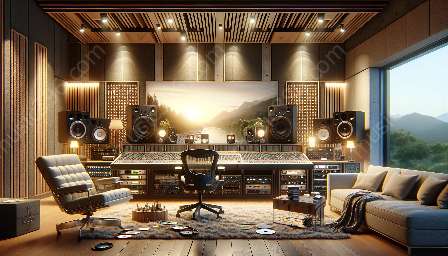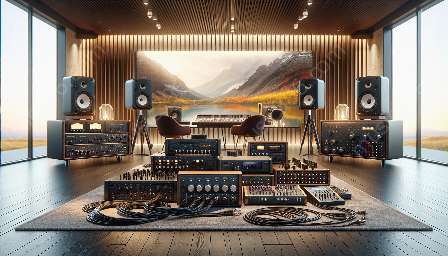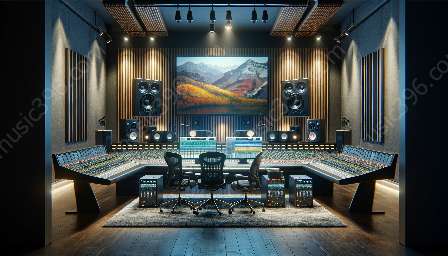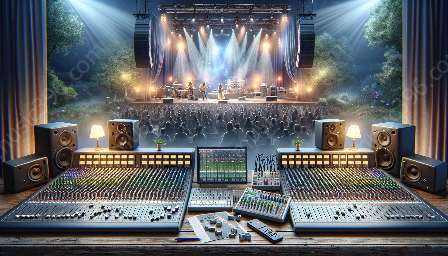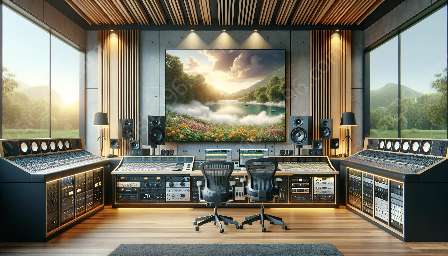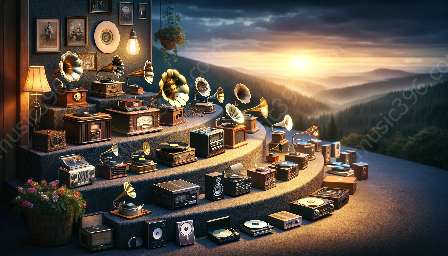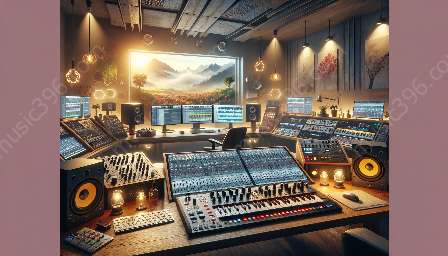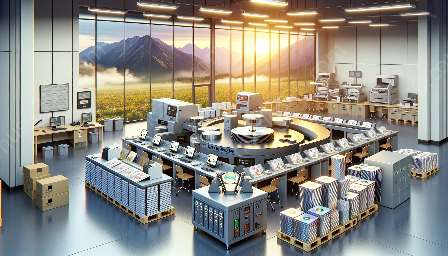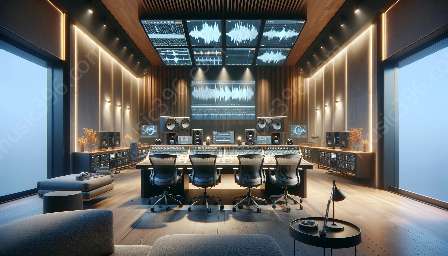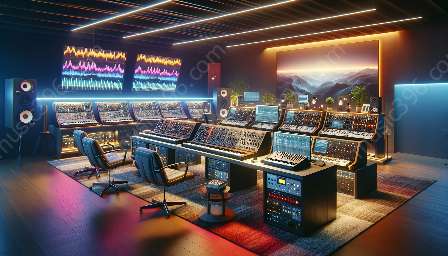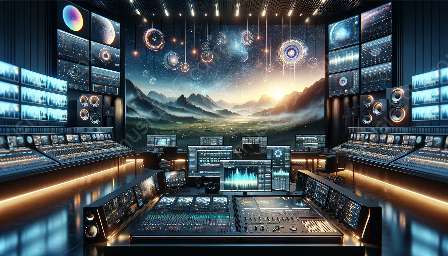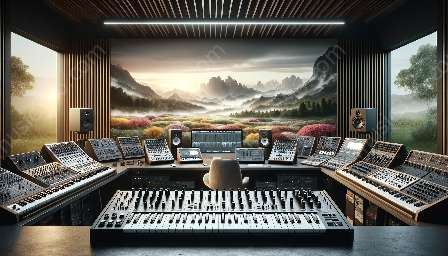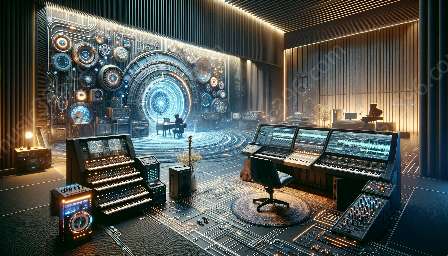Music synthesis and sampling have greatly evolved with the integration of hardware and software technologies. This article will explore the seamless blending of hardware and software in synthesizing music, discuss their compatibility with CD and audio technologies, and provide insights into their real-world applications.
The Basics of Music Synthesis and Sampling
Before delving into the integration of hardware and software, it's essential to understand the fundamentals of music synthesis and sampling. Music synthesis involves the generation of sound electronically, while sampling refers to the process of capturing and storing snippets of sounds for playback.
Historical Perspective
Historically, hardware synthesizers such as analog synthesizers and drum machines dominated the music industry. These instruments relied solely on physical circuits and components to produce sound. Meanwhile, sampling was primarily done using dedicated hardware samplers, which had limited storage and processing capabilities.
Rise of Software-Based Synthesis
In recent decades, software-based synthesis and sampling have emerged as powerful alternatives to traditional hardware-based solutions. With the advancements in computing power and digital signal processing (DSP) algorithms, software synthesizers and samplers have become increasingly popular among musicians and producers.
Hardware and Software Integration
Today, the integration of hardware and software has transformed music production. Many modern synthesizers and samplers feature a hybrid design, combining the tactile interface of hardware with the processing capabilities of software. This integration offers the best of both worlds, allowing musicians to access a wide range of sounds and effects while maintaining the hands-on experience of traditional instruments.
Compatibility with CD and Audio Technologies
As music synthesis and sampling technologies continue to advance, their compatibility with CD and audio formats has become crucial. CDs, as a mainstream audio distribution medium, require synthesized music and sampled sounds to be rendered in a high-quality, digital format for playback.
Digital Audio Workstations (DAWs)
Software-based music synthesis and sampling seamlessly integrate with digital audio workstations (DAWs), which are used for recording, editing, and mixing audio tracks. This compatibility ensures that synthesized music and sampled sounds can be easily incorporated into professional CD and audio productions.
Audio File Formats
Additionally, software synthesizers and samplers support a wide variety of audio file formats, such as WAV, AIFF, and MP3, ensuring compatibility with CD authoring and audio editing software. This allows musicians to create, export, and manipulate their synthesized and sampled music with ease.
Real-World Applications
The integration of hardware and software in music synthesis and sampling has revolutionized the music industry, leading to a myriad of real-world applications.
Live Performances
Artists and performers use hybrid synthesizers and samplers to create and perform music in real-time. The seamless integration of hardware and software allows for intricate sound manipulation and dynamic performances.
Studio Production
In recording studios, the integration of hardware and software enables producers and engineers to craft and refine music with unparalleled flexibility and sonic depth. This integration has become a staple in modern music production workflows.
Sound Design
Sound designers and composers leverage hardware and software integration to sculpt intricate soundscapes for films, video games, and other multimedia projects. The versatility and expressive capabilities of integrated technologies open new creative possibilities.


